| LinkExchange Member | Free Home Pages at GeoCities |
| LinkExchange Member | Free Home Pages at GeoCities |


![]()
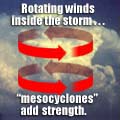

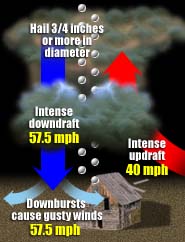
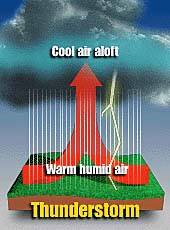
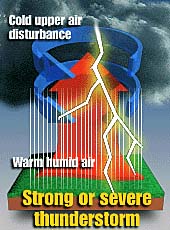
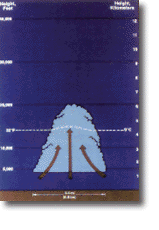 |
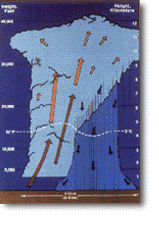 |
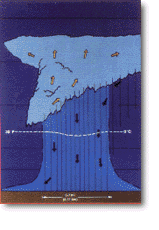 |
| Developing Stage | Mature Stage | Dissipating Stage |
|---|---|---|
| Towering cumulus clouds indicate rising air. | Most likely time for hail, heavy rain, frequent lightning, strong winds, and tornadoes | Rainfall decreases in intensity |
| Lasts about 10 minutes. | Lasts an average of 10 to 20 minutes but may last much longer in some storms. | Lightning remains a danger during this stage. |
| Occasional lightning during this stage. |
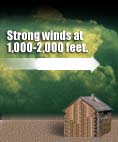

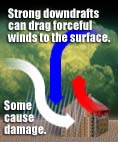

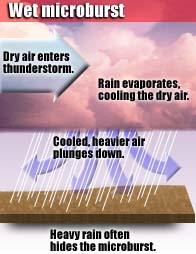
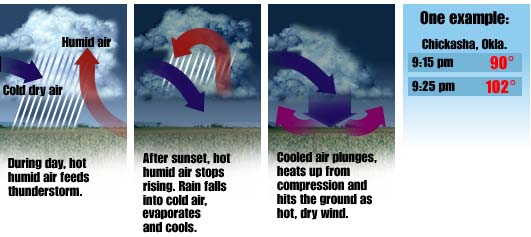
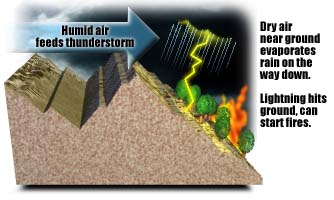
Sign My Guestbook
View My Guestbook
![]()
© 1997

.